Drawing is a fun and relaxing hobby that brings joy to millions of artists around the world.
But sometimes learning how to get better at drawing becomes frustrating when you hit a plateau and you struggle to take your drawings to the next level.
When that happens, the best thing to do is troubleshoot your drawing process to figure out where you’re getting stuck.
Oftentimes, getting better at drawing is as simple as using many values to create more dynamic shading, picking better reference photos, drawing from life, and reviewing the basics of drawing.
That’s why, in this article, I’m showing you how to level up your drawings in 4 simple steps so that you can break through your drawing plateau and take your drawings to new heights.
So without further ado, let’s get started!
Table of Contents
1. Use Many Values to Create Dynamic Shading
If your drawing looks flat or it lacks depth, you need to incorporate more values into your shading. Doing so makes your drawings look more dynamic and visually appealing.
When you use a wider range of values in your drawing, you create greater contrast. More contrast adds greater depth and fullness to your drawing because it makes the subject matter appear more 3-dimensional.
Look at the image below to observe a value scale in graphite. The darkest values are on the left, the midtones are in the middle, and the lightest values are on the right.

To make your shading appear more dynamic, apply these tips:
- Darken the shadows to deepen the contrast
- Use a white gel pen or white gouache to brighten the highlights
- Use more midtones to create medium-light and medium-dark values in your drawing
You don’t need a whole set of 12 graphite pencils to achieve this contrast.
To complete a graphite drawing, I typically use 3 different graphite pencils ranging between HB, 2B, 4B, 6B, and 8B. Experiment with different pencil grades to find the best combination that works for you.
To learn more about graphite pencils, check out this article to learn about the best art supplies for drawing.
2. Pick A Good Reference Photo
If you want to learn how to get better at drawing, you should become familiar with how to pick good reference images.
In my opinion, a good reference photo has these qualities:
- Good lightning so that the subject matter is easy to observe (It’s not too dark)
- The image is in high-resolution, so it looks clear
- The photo is not digitally altered, and it has no filters
As well, keep in mind that the photo should be appropriate for your skill level without being overly complex or complicated.
You can browse through thousands of royalty-free images on websites such as Pixabay and Unsplash.
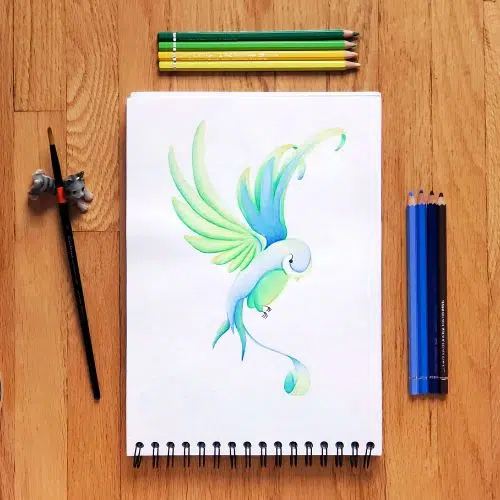
After you find a good reference photo, take some time to study it.
Observe elements such as the light source, the values, the composition, the proportions, the textures, and so on.
Studying the reference photo gives you a lot of visual information to work with, so it’s worth spending 5 – 10 minutes on this step.
After you’ve studied your reference photo, I suggest that you sketch some thumbnails to experiment with the composition.
Why? Because you don’t have to copy the reference image 100%. You have the creative liberty to interpret the photo in whatever way suits you best.
So use creative discernment as you play around with the composition. Add some elements and take out others. Exaggerate the aspects that you like in the photo and downplay anything that you want minimized.
3. Draw from Life
Drawing from life is an important part of learning how to draw because doing so teaches you how to interpret subject matter on your own without relying on reference photos.
In other words, you develop stronger observational skills by drawing from life. Sharpening your observational skills allows you to perceive the visual information more accurately.
Additional benefits of drawing from life include:
- You see how light and shadow naturally hit the subject matter
- You observe the subject matter in real time without any digital alternations
- You have the correct perspective
- You have greater spatial awareness which allows you to more accurately illustrate depth and distance
When you draw from life, the subject matter remains natural. That means it isn’t obscured by a camera lens. There is no editing, no filters, or other kinds of digital manipulation.
So if you’re not in the habit of drawing from life, I highly recommend you start today! You can draw anything from food to animals; from scenic landscapes and architecture to common household items.
To learn more about art habits, check out this popular article titled 7 Daily Art Habits That Will Make You More Successful.
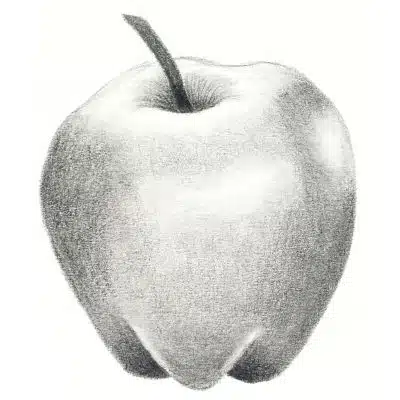
4. Go Back to Basics if You Get Stuck
If you feel stuck or you believe one of your core drawing skills is lacking, now’s the time to brush up on drawing basics.
Reviewing the basics of drawing may involve refamiliarizing yourself with any of the following skills or concepts:
- Pencil holds
- Lines and mark-making
- Shape and form
- Light and shadow + light sources
- Values and shading
- Common drawing techniques
- Textures
- Composition
- Proportion
- Depth and dimension
The first step in learning how to get better at drawing is to identify an area of weakness in your skillset. This takes radical honesty, so be kind and gentle with your self-assessment.
Once you understand which skill needs to be improved, dedicate some time to develop that skill.
For example, if you struggle with drawing accurate proportions, spend time learning about correct measuring techniques, foreshortening, and scales.
Or if you have trouble identifying values and creating smooth shading, check out this helpful blog post to learn about 3 effective ways to improve your shading skills.
You can do multiple studies on a certain topic, or you can engage in repetitive drawing exercises. Pick whatever method suits you best.
Examples of practice exercises include simple sketching, doodling, scribbling, contour drawing, and drawing patterns.
Conclusion
As you have discovered in this article, learning how to get better at drawing is pretty easy.
The hard part is putting in the effort to actually develop your drawing skills.
The truth is that you need to practice consistently in order to become a better artist. That means you need to make time for art by scheduling it in your daily or weekly schedule.
That being said, don’t worry about trying to get good at drawing fast because, like any skill, it takes time and patience.
In other words, enjoy the art making process. Don’t take drawing too seriously and simply have fun!
Now it’s your turn!
Which of these 4 steps are you focusing on to improve your drawings? Share your thoughts in the comments below!
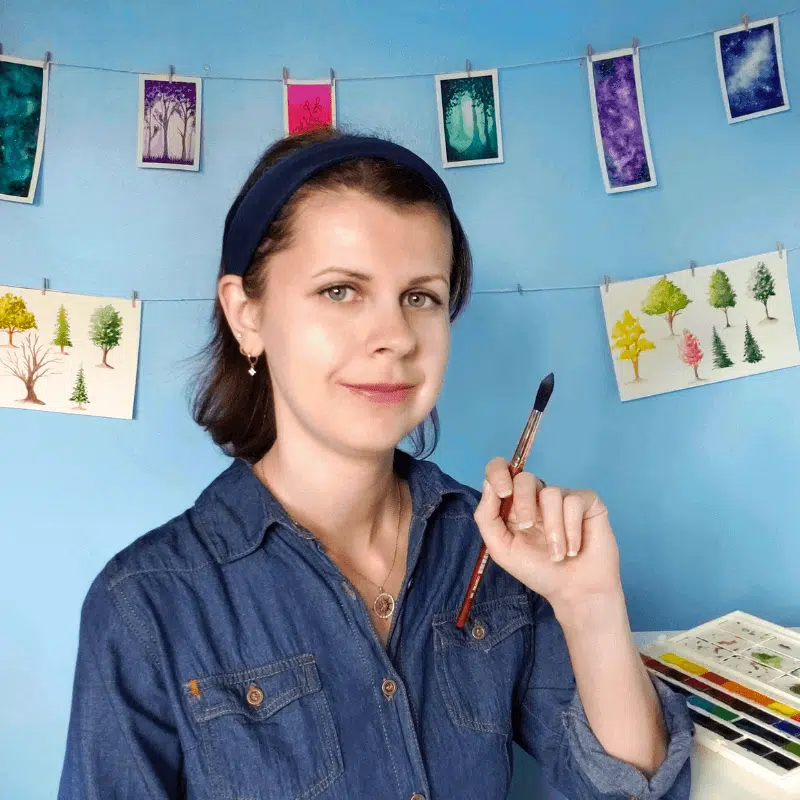
Miranda Balogh
Artist & Online Educator

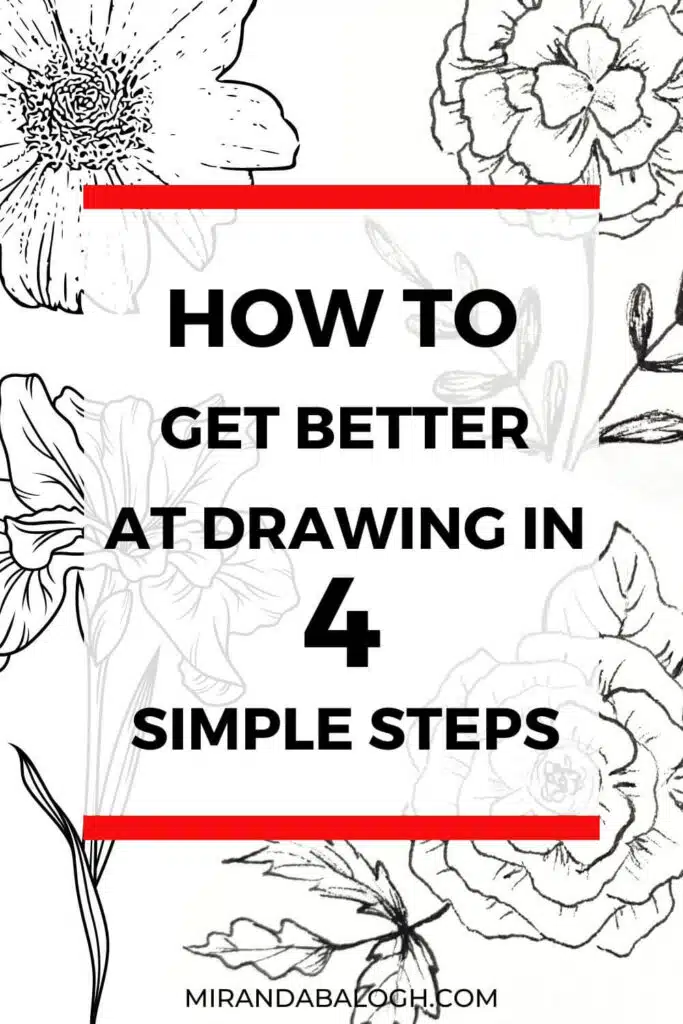
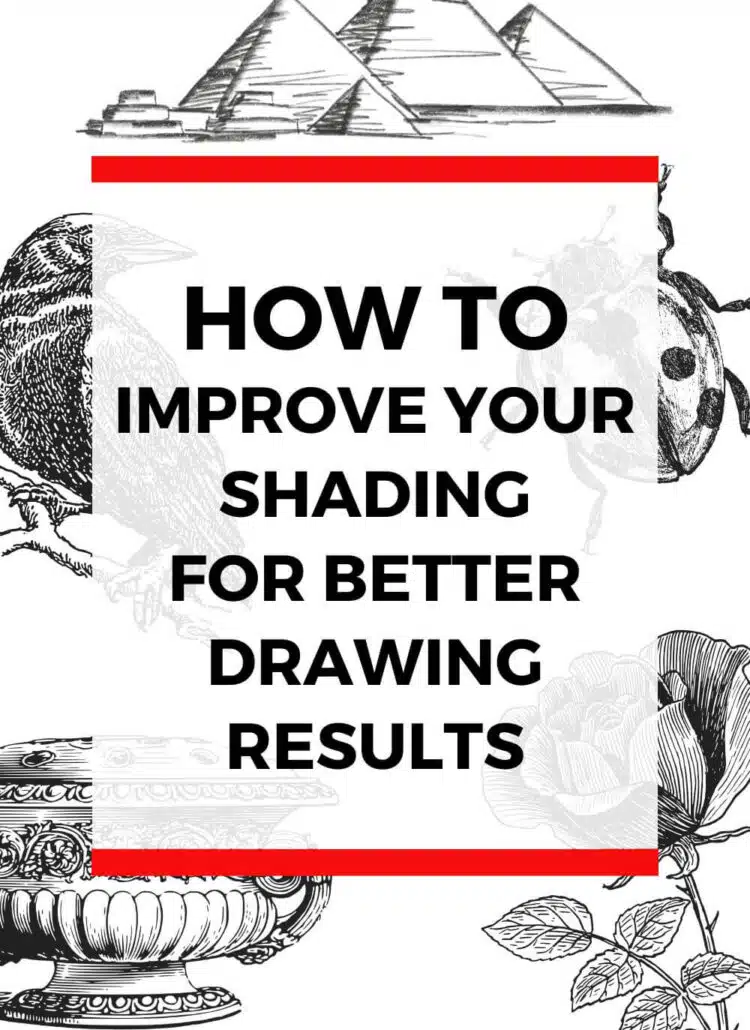
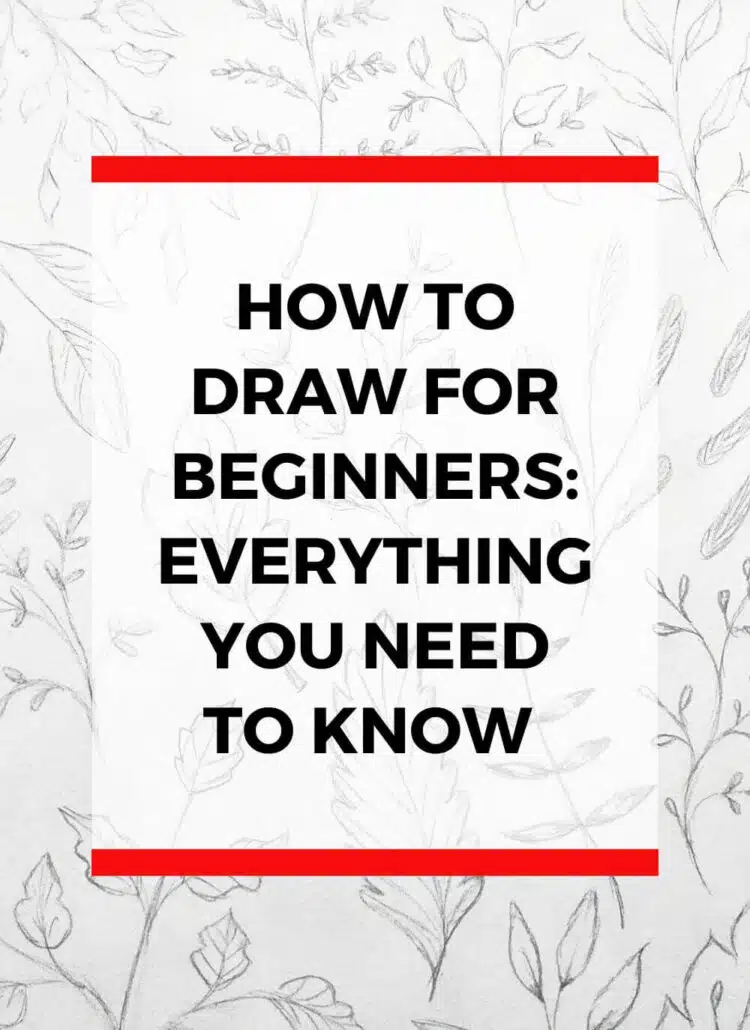
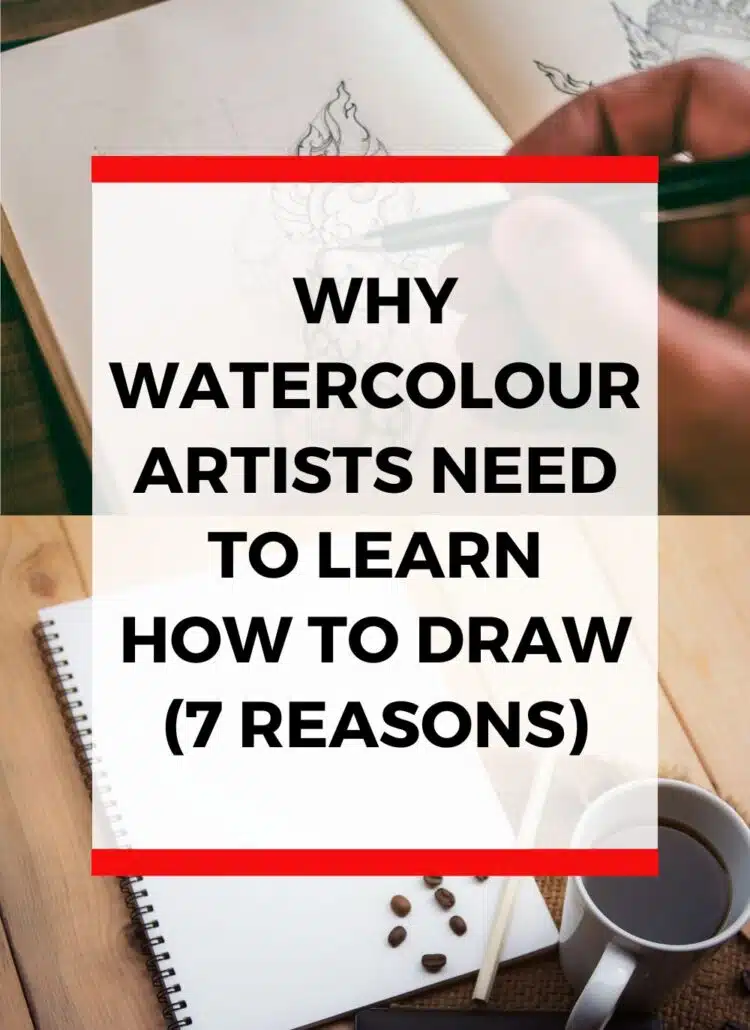
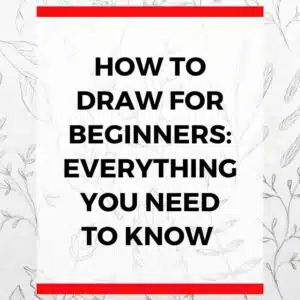
Leave a Reply